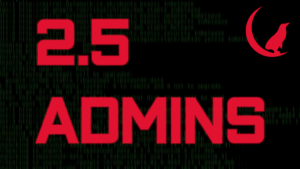
 2.5 Admins
2.5 Admins 2.5 Admins 232: S:
15 snips
Jan 30, 2025 A typo led to a lengthy DNS error for MasterCard, highlighting cybersecurity flaws. The discussion shifts to offsite backups and the risks of SMS-based two-factor authentication, promoting safer alternatives. They delve into incremental backups using ZFS and troubleshooting networking issues with tools like WireGuard and TailScale. Lastly, the hosts explore cloud storage solutions for syncing files on macOS, emphasizing the importance of data integrity and reliable backup practices.
AI Snips
Chapters
Transcript
Episode notes
Mastercard's DNS Typo
- Mastercard had a DNS typo in an NS record, delegating part of their traffic to an invalid server.
- This went unnoticed for years until a security researcher noticed and registered the typoed domain.
DNS Monitoring
- Monitor all listed DNS name servers to ensure they answer queries.
- Check from various network segments, as internal and external views can differ.
Latency vs. Bandwidth
- Network latency, not bandwidth, often causes slow internet experiences for users.
- DNS issues exemplify this, with failed lookups causing significant delays.

